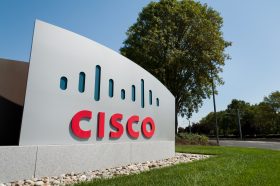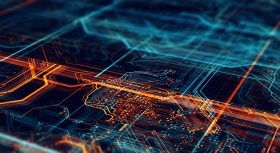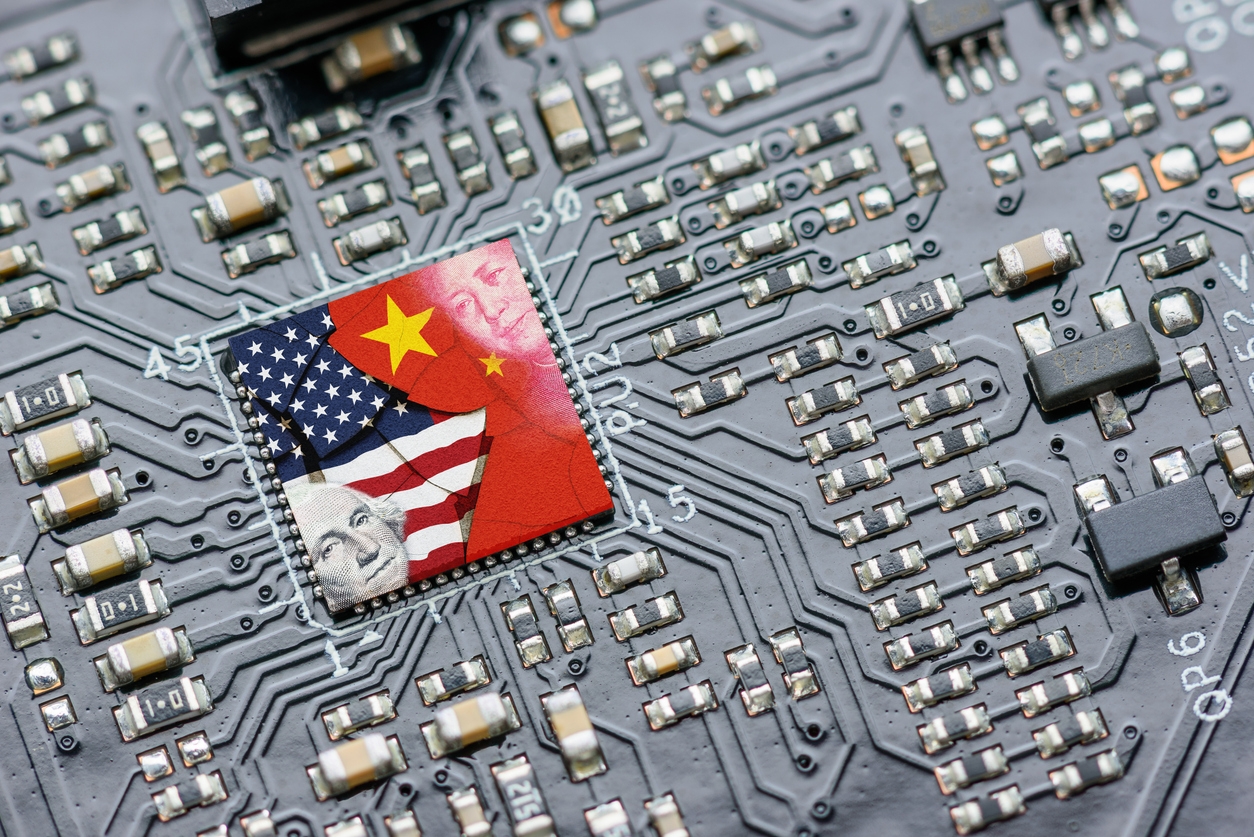Enterprise Contact Tracing Emerges from COVID-19

Employees heading back to on-premises work after the COVID-19 quarantines may be in for a surprise. Besides a temperature check at the door, workers — and company guests and customers too — may find themselves tagged in a tracking system to ensure they're virus free.
Contact-tracing systems for enterprise use leverage wireless and Internet of Things (IoT) technologies, artificial intelligence (AI), and cloud networking to follow people as they travel through a building or campus. If an individual is identified as a COVID-19 carrier, whoever they interact with can be notified of potential risk and the places they’ve visited cleaned and sanitized.
Example: The Juniper Mist Contact Tracing system announced late in May 2020. Based on the wireless LAN technology that Juniper Networks (NYSE: JNPR) gained with its $405 million acquisition of Mist Systems in 2019, this application uses proprietary tags to monitor employees in buildings and across campuses, applying AI and analytics to determine where a virus carrier travels and who they affect along the way.
Competitors offering similar setups include Cisco (Nasdaq: CSCO), whose DNA Spaces uses tags linked to any Cisco access points, including Meraki, in order to follow the movements of groups through a site. The system is also programmable for enterprises and partners. And the Aruba subsidiary of HPE (NYSE: HPE) offers a system based on its WiFi access points that can be adapted from IoT to track people instead of packages.
Indeed, contact tracing is a likely play for any supplier that combines wireless access technology with cloud networking. Expect partnerships and alliances as well. The emergence of 5G will also stimulate the market, along with other kinds of IoT and video surveillance applications.
Cloud and WiFi for Tracking Apps
Additionally, Apple (Nasdaq: AAPL) and Alphabet’s Google (Nasdaq: GOOGL) announced in March their joint plan for contact-tracing application programming interfaces (APIs) and other technologies for use in the public and private sectors. The vendors subsequently modified their goals to fit privacy demands and guard against potential misuses.
Typically, contact-tracing apps use Bluetooth Low Energy (BLE), an adaptation of the wireless standard that reduces the performance impact of tracking on endpoints such as mobile phones. BLE-equipped tags or mobile apps funnel data about a person’s location through a WiFi system fortified with AI and linked to cloud infrastructure. Systems can be set up with centralized data servers or base processing mostly in the remote device.
A more controversial method of contact tracing uses the U.S. GPS (Global Positioning System) to follow people, but there has been some outcry against using this kind of government-supplied information for business purposes.
But a glance at the way governments have been wrestling with contact tracing hints at the potential for trouble in the private sector. And it’s not clear yet to what extent personal health information might be legitimately used in a workplace to prevent the spread of disease.
Mist Networks, Cisco, and other suppliers cover their tracks by ensuring that their products aren't delivered with any tags to personal information.
“Mist natively absolutely does not carry or record any personal health information,” said Sudheer Matta, VP of products at Mist, in a Webinar posted on the company’s site. “It is the responsibility of the enterprise to gather that data from the employees or public health institutions and map that to an identity on WiFi or BLE.”
Ultimately, employers are going to have plenty of options to monitor their premises as employees return to work. But if they want to use contact tracing, they’ll be wise to consider the effects. It could be as much of a challenge to ensure employees' safety after quarantine as it was during it.

















